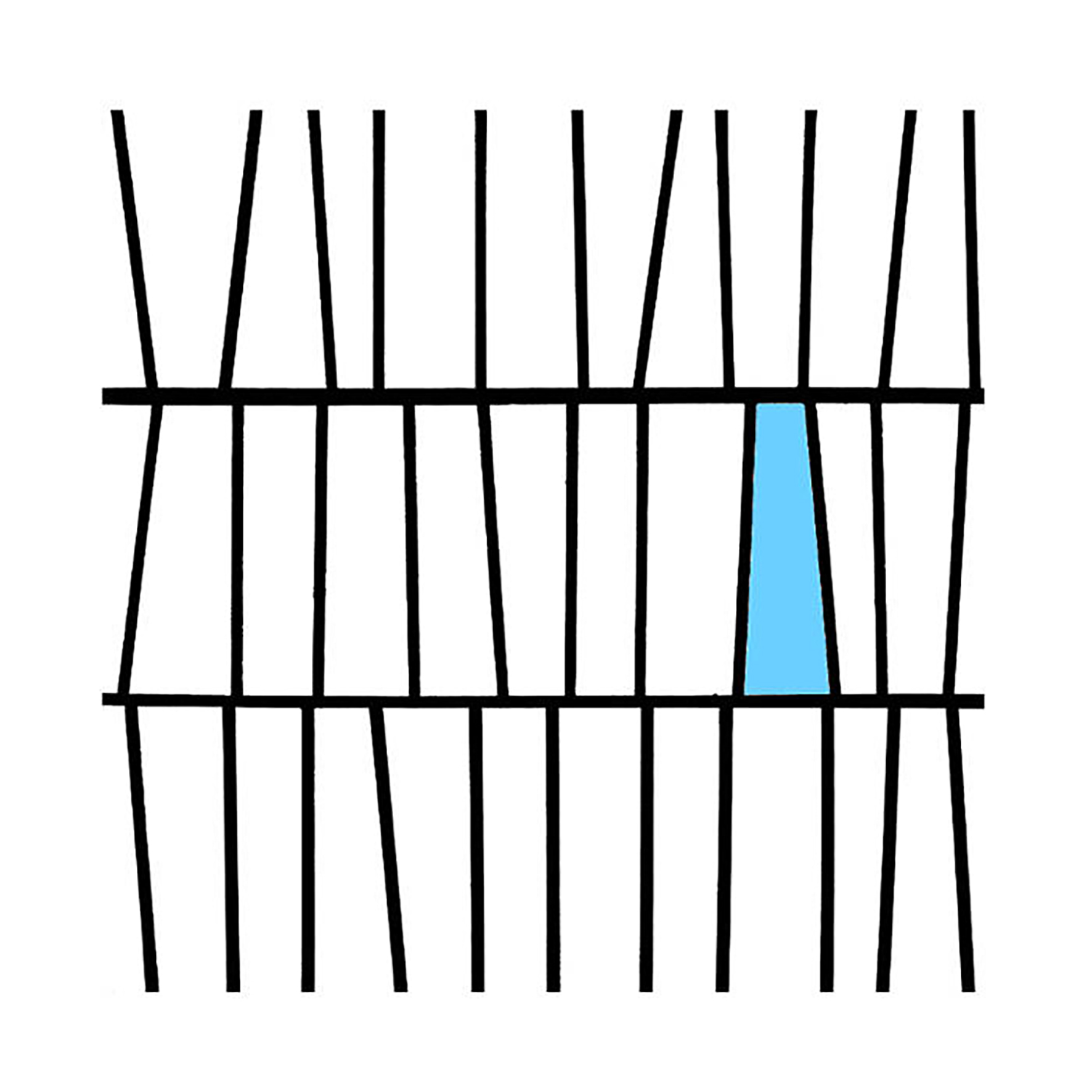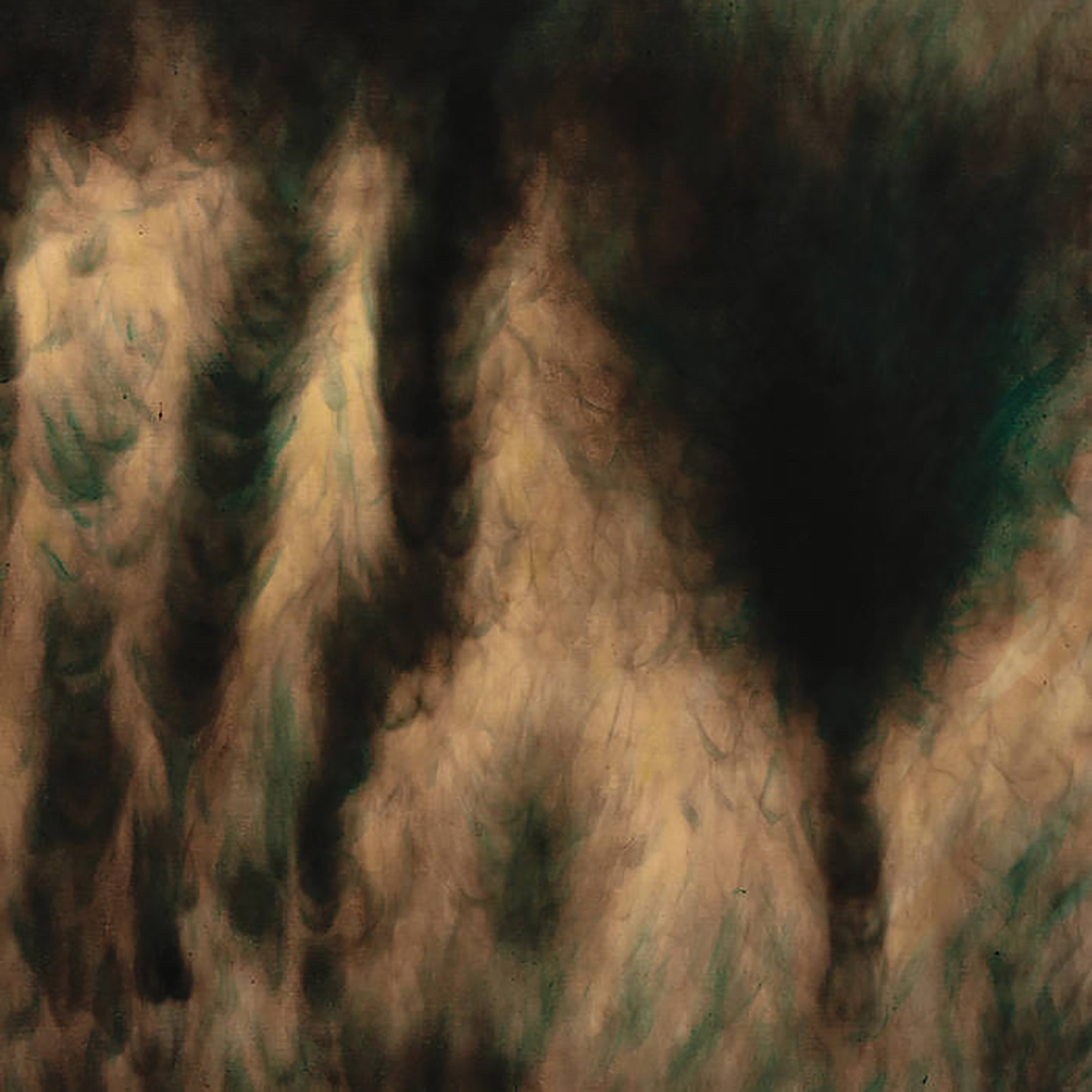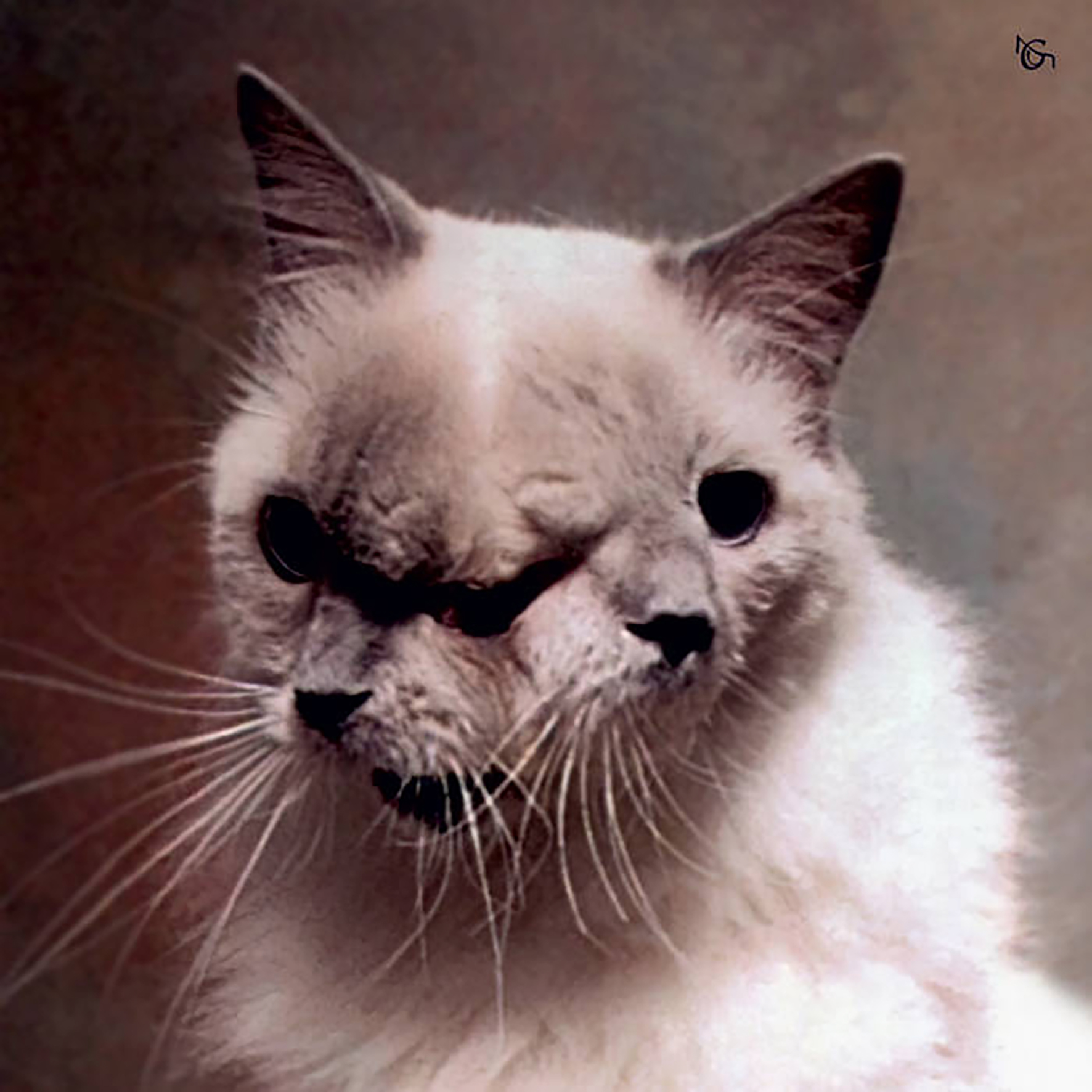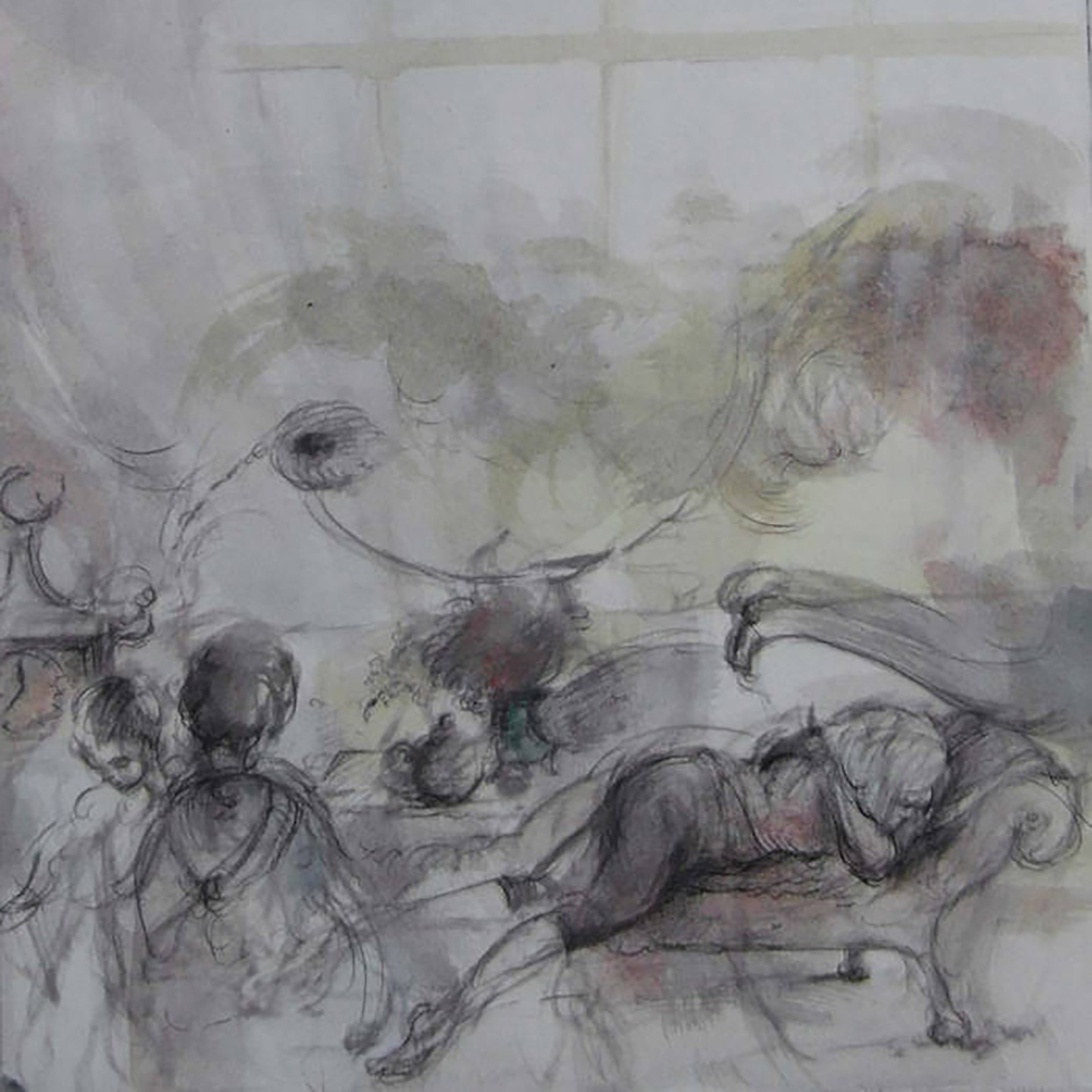
In characteristic fashion, Andrew Chalk quietly released this cassette last fall and it is damn near impossible to find out anything about it other than the fact that it compiles pieces recorded between 2008 and 2016 and features regular collaborators Timo von Luijk and Tom James Scott on one piece. All outward signs suggest that Incidental Music was intended as a modest and minor release, so it was quite a pleasant surprise to find that it is actually one of the stronger Chalk releases from the last few years, roughly approximating the slippery, shivering, and floating bliss of 2015's A Light at the Edge of the World in more bite-sized form. While there is enough variety to periodically remind me that this is indeed a collection of orphaned songs rather than a focused and complete new statement, the quality of these treasures from the vault is high enough to make such a distinction feel quite irrelevant.
The album immediately dissolves into sublime impressionist heaven with the opening "Fallen Angel," which captures Chalk at the height of his textural and harmonic powers. It is the sort of piece that people tend to describe with terms like "ambient drift," but it makes me think of water droplets quivering on a gently swaying spiderweb: there is an underlying structure, but the true beauty lies primarily on how the individual notes linger, shiver, and bleed together. It also highlights Chalk's singular talent for making extremely nuanced and sophisticated music feel organic and effortless, as "Fallen Angel" feels loose and spontaneous, yet delicately shifts moods while deftly avoiding any straightforward melodies or chords at all. While several of the following pieces return to roughly the same aesthetic with varying degrees of success (perfectly fine by me), the second half of the album is a bit more diverse and offers some more unexpected and rare pleasures. While I am still not entirely won over by the warm synth reverie of "Solas," I absolutely love "Sparkled in My Eyes," which sounds like a fever dream organ soundtrack to some masterpiece of German Expressionist cinema a la The Cabinet of Doctor Caligari. Elsewhere, "From Mountain Tops The Dusky Clouds" crafts a languorously undulating fog with gentle drones and subtle wah-wah effects, while "To Many A Harp" conjures a wonderfully haunted and tender scene with a slow-motion melody of wobbly sustained tones.  At least two or three of those pieces are stone-cold gems, but the entire album sustains a wonderfully immersive and absorbing spell.
Samples can be found here.


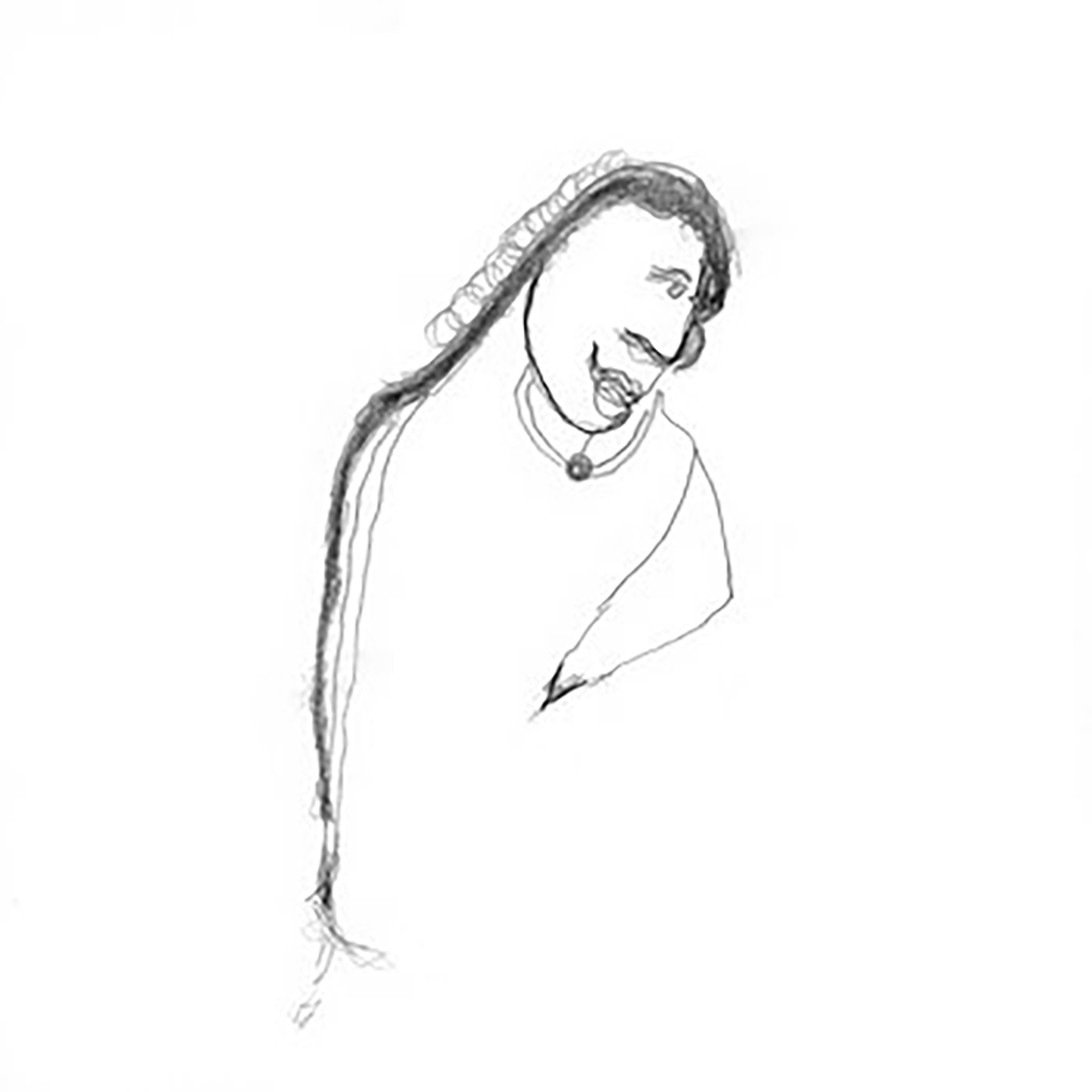
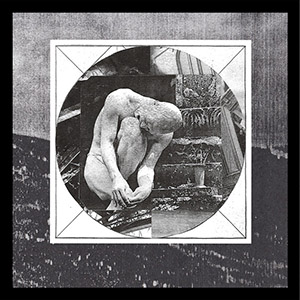 This latest CD from the duo of Luke Tandy and Shane Church has all the hallmarks of an old school harsh noise record. With an instrument list consisting only of tapes and pedals, and right up front the obvious use of clattering junk and buzzing instrument cables, I thought it was going to be a mid 90s throwback blowout of distortion. Encased in Marble/Wrapped in Roots is, however, more of an understated work. That rough-hewn production and use of overdriven sound is certainly there, but Tandy and Church deliberate in their use of dynamics and space, giving a perfect sense of tension throughout.
This latest CD from the duo of Luke Tandy and Shane Church has all the hallmarks of an old school harsh noise record. With an instrument list consisting only of tapes and pedals, and right up front the obvious use of clattering junk and buzzing instrument cables, I thought it was going to be a mid 90s throwback blowout of distortion. Encased in Marble/Wrapped in Roots is, however, more of an understated work. That rough-hewn production and use of overdriven sound is certainly there, but Tandy and Church deliberate in their use of dynamics and space, giving a perfect sense of tension throughout.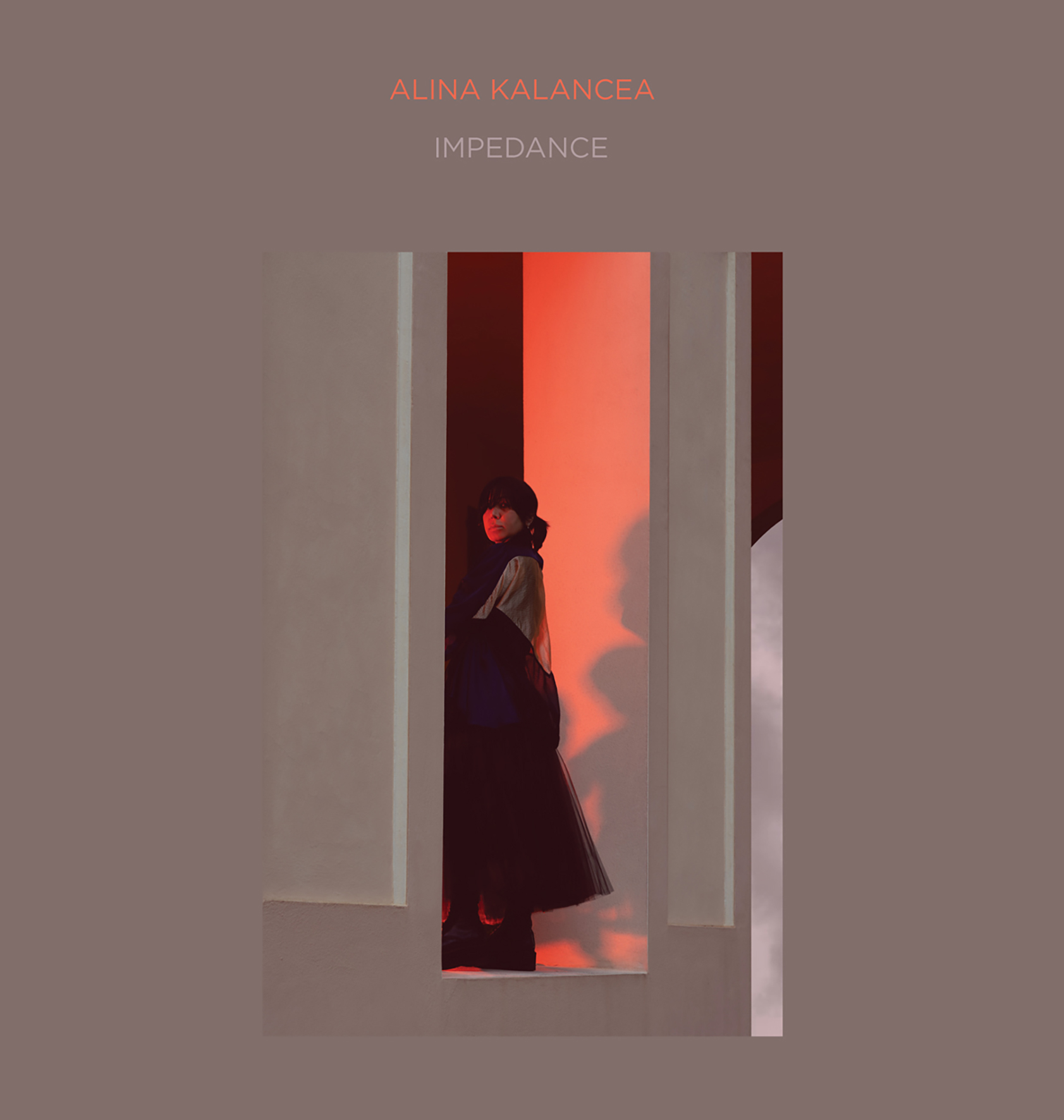
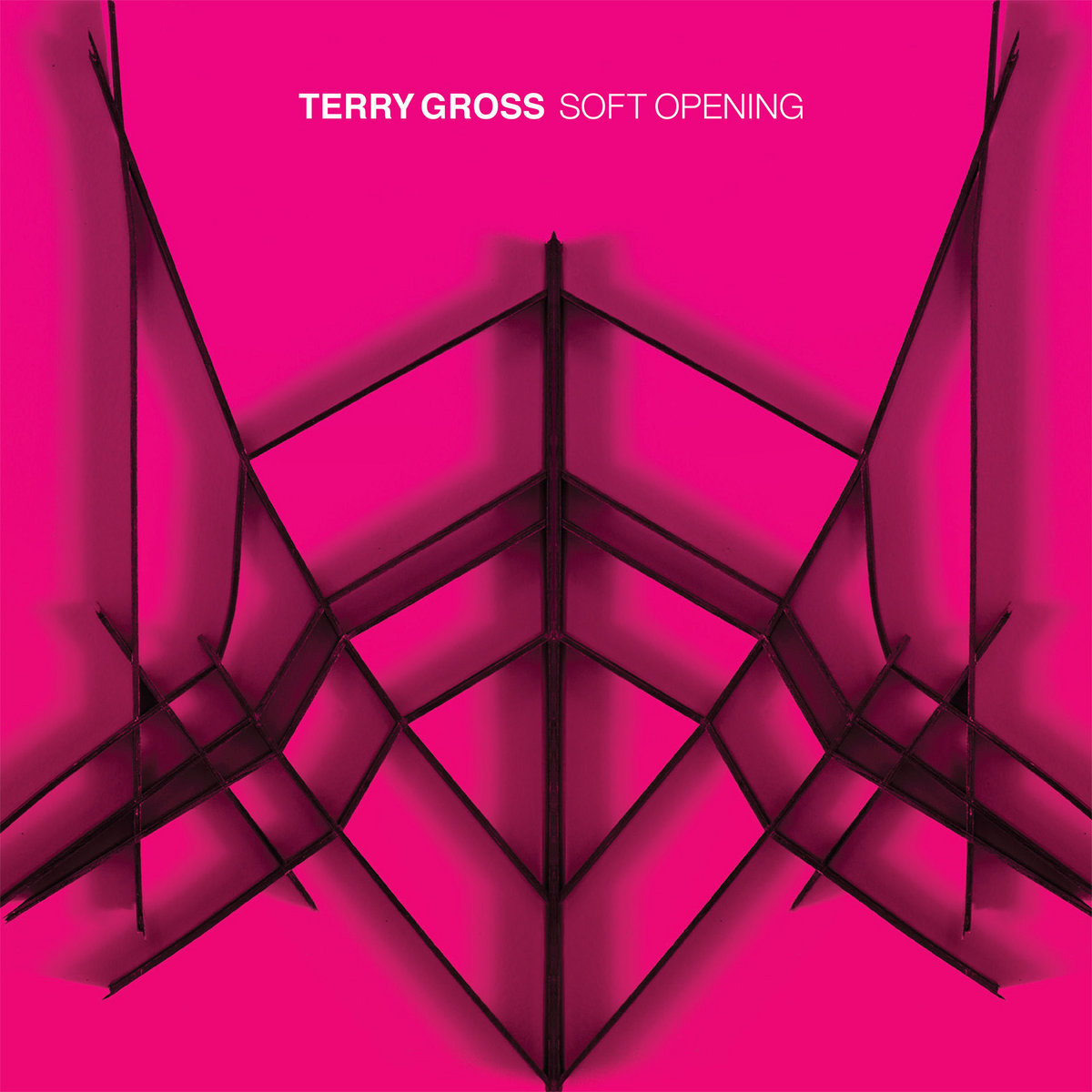 The name Terry Gross brings to mind the NPR host. This Terry Gross is comprised of music industry veterans guitarist Phil Manley (Trans Am, the Fucking Champs, Life Coach), bassist Donny Newenhouse (Film School, Hot Fog, Buffalo Tooth), and drummer Phil Becker (Pins of Light, ex-Triclops! and Lower Forty-Eight). Where the radio host provides content with an impossibly calm demeanor, the musical trio present three heavy and kinetic tracks that serve up pulsating motorik rhythms, heavy sludge, driving bass, and intense guitars served up at mesmerizing cosmic volumes — all the while, pulling us listeners in with a constant array of melodic hooks.
The name Terry Gross brings to mind the NPR host. This Terry Gross is comprised of music industry veterans guitarist Phil Manley (Trans Am, the Fucking Champs, Life Coach), bassist Donny Newenhouse (Film School, Hot Fog, Buffalo Tooth), and drummer Phil Becker (Pins of Light, ex-Triclops! and Lower Forty-Eight). Where the radio host provides content with an impossibly calm demeanor, the musical trio present three heavy and kinetic tracks that serve up pulsating motorik rhythms, heavy sludge, driving bass, and intense guitars served up at mesmerizing cosmic volumes — all the while, pulling us listeners in with a constant array of melodic hooks.
